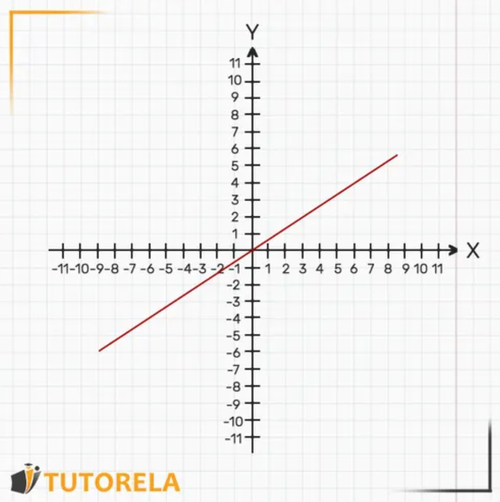The linear function actually represents a graph of a straight line that has a point of intersection with the vertical axis.
represents the slope.
When is positive, the slope is positive: the line goes upwards.
When is negative, the slope is negative: the line goes downwards.
When , the slope is zero: the line is parallel to the axis.
represents the point where the line intersects the axis.
If , then the line will pass through the origin of the coordinates, that is, the point
